Why Mumbai Mirror reversed its masthead today? Nostalgia has a role to play
Mumbaikars woke up today (September 18, 2019) to a unique edition of Mumbai Mirror, the compact newspaper from Times Group’s stable. The masthead appears reversed, while the cover page features iconic landmarks of the city. One needs to use a mirror to read the page correctly. The only text on the page says, “Mirroring the City of Dreams” and a link is given to a specially created video series on Mumbai Mirror’s website.
A 5-episode video series has been created as part of the ‘Mumbai Mirrored’ campaign, which seeks to create a strong nostalgic connection as it is narrated by the first citizens of the city, who have seen the transformation of Bombay to Mumbai. Mirroring the echoes of the past while sharing their experiences, a super-cop, adman, activist and architect give viewers an insight on how the city used to be and what were its various turning points.
The tales of this city are narrated by Gerson Da Cunha – a renowned theatre artist, actor and former head of Lintas; Pushpa Bhave – a fearless Dadar girl whose activist genre transformed her into the Iron lady of Mumbai; Shirish Patel – the architect of Navi Mumbai; JV Pawar – the founder of Dalit Panther; and Julio Ribeiro – Mumbai’s Super Cop, who was responsible for law and order during turbulent Mumbai.
The series has been conceptualised by JWT under the guidance of Senthil Kumar, who has also directed the series.
In order to know about the video series, Adgully spoke to Sanjeev Bhargava, Director – Brand TOI, and Senthil Kumar, CCO, JWT.
What is the thought behind the latest ‘Mumbai Mirrored’ campaign? How was it conceptualised, what is the objective and who is the TG?
Sanjeev Bhargava: The campaign has been conceptualised to create this whole network of information which piques the curiosity of our young readers to understand the city he or she lives in.
Mumbai Mirror will carry the first story featured in the video series as a cover story and we will keep populating it as we go on. As you can see, the front page of Mumbai Mirror on Wednesday, September 18 is reversed. From the seven islands of Mumbai we have created zones, and each zone will get a different paper. The mirror images are multi-dimensional. So, it’s a shocker, but it’s an innovation that no one has ever done in the world. No brand has been as brave as the Mumbai Mirror. There is a line right below the masthead, which says “Use a mirror to read”.
Senthil Kumar: I think for the young readers of Mumbai Mirror to know more about the city, it should be a journey that you travel along with the readers who have lived for more than 100 years. The people featured in this 5-part video series are all around 90 years in age. It was a journey for me as well while doing this project. We discovered a lot of insights as we took the walk down memory lane – all the way from Bombay to Mumbai and back, through parallel lives. All these people have experienced the same events and we found that interesting. I think the young readers will also find that interesting because they have just seen Mumbai for the last 10 to 50 years, they have not gone behind that. But if anybody had to hold a mirror to the past and get a feel of the present, and also find out about the future of the city, I think this is a great journey that we take them on through these ‘mirrors’.
Sanjeev, Sumeli and the Editorial team which is led by Meenal gave us the brief to create a campaign for Mumbai Mirror. That’s how we got into the process of creating something which could be as interesting as this. Initially it was not just about creating videos, it was about creating some content which mirrored the city. We worked closely with Meenal to identify who are these various ‘mirrors’, because I believe that people are the mirrors of a city unlike anything else. In this case, we found instruments for us to lean onto and to discover different facts through the journey of Bombay to Mumbai.
Where can one view these videos apart from www.mumbaimirror.com?
Sanjeev Bhargava: We will run the videos on our digital channels. These are digital films, so they are not really amenable for television. There will also be a lot of work in print that will supplement and compliment what the video series is all about.
How are you planning to promote this initiative?
Sanjeev Bhargava: There will be digital amplification to a very large extent and there will be print amplification. It has a national appeal. I say that because Mumbai is a city of dreams for the rest of the country. The city has been chronicled in umpteen movies. But the fact is that people see what they see in the movies, which are of certain dimensions. What the videos do is that they unravel what has actually happened behind a particular eventuality. There are building blocks to that eventuality which, I think, get through these video stories, which is the fascinating part. Therefore, I think it will have a national appeal.
Mumbai Mirror has a huge number of involved readers, so they do respond and interact. People here are actually passionate readers. They feel for the city, they believe in it and they believe that Mumbai Mirror addresses the concerns of the city.
Senthil Kumar: I believe that this kind of content doesn’t really need promotion. If we are talking about stories which have never been told before, it will draw the audiences automatically to it. If you are a Mumbaikar today or if you have ever been a Mumbaikar, we have covered both ends of the spectrum with this journey. So, I think it should capture the audiences’ imagination.
It is a journey of discovery. Even for me, when I started interviewing these people, I discovered a lot more about the past and how Mumbai came about. Young people will find a lot more interest in these journeys, to go dig out and read Mumbai Mirror.
How were these ‘mirrors’ of Mumbai’s journey chosen? How did you bring them on board?
Sanjeev Bhargava: It is not a universal set by any stretch of imagination. It’s a subset of large number of legends or stalwarts of the city. When the team got together, they went through a list of names, some were articulate and some were not. Some were conscious of their lives and some were not. We were looking at people who have lived for a certain span of time and who have seen Mumbai through a certain time. Therefore, that set is reasonably limited and within that we had to pick.
Senthil Kumar: Also, I think it was important that the editor played a big role in making sure that the five people that we chose finally were from five different sections – career wise, genre wise. So, you have social impact, cultural icon, the architect who built Navi Mumbai. Thus, somewhere the spectrum was complete. If you are talking about a changing city, then these are the ‘mirrors of change’ and I think we have found the right five mirrors to start with and I am sure we can go to many more.
Please take us through the making of these videos.
Senthil Kumar: As I said earlier, it was a close collaboration between the editorial team, the brand team and the creative team, which is led by me. All three partners got together and identified who these people are. It is about people who are legends of Mumbai, and at the same time they had to be the mirrors of the journey. We identified 5 people and we hope to have a second season, where more legends will be telling us more stories.
We roped in Prashant Godbole, who shot a lot of the still images. We dug into BCCI’s archives and pulled out a thousand black and white images of Bombay and Mumbai over the years. We spent close to a week with the editor. The video was shot by Srinivas. After we selected the 5 people, we heard their stories and shot with them for a week. We had 6-7 hours of footage which we compressed into 6-7 minutes. There were a lot of parallel and perpendicular stories. Everybody had their little incidents and insights about time as they travelled through it. We had to make sure they all concurred, and the right images from the archives and the images seen at the same time, because some of them were really old and some of them were from different zones. But I think we pulled off a decent job.
Sanjeev Bhargava: The idea was as much mine and my team’s as it was the agency’s. The basic description of why we did this campaign was to ‘Mirror the City of Dreams’.
So, we can expect more such stories?
Senthil Kumar: We are waiting to see how young people absorb this campaign and what happens. Once we study the impact together and if there is merit, then I believe we should be doing more stories.
Is there a connect between the ‘Mumbai Mirrored’ campaign and the ‘I am Mumbai’ campaign you had done in 2011?
Sanjeev Bhargava: They are very different campaigns. The ‘I am Mumbai’ campaign shook the conscience of the people living in Mumbai and said, “Hey, you need to stand up and become a part of the city we live in and let’s make sure the city becomes better’. So, ‘I am Mumbai’ was about saying that this is my city and if there’s something wrong with it, I’m going to raise my voice against it.
It is a more multi-dimensional stance that Mumbai Mirror is taking with its latest campaign. Also, there is a shift from ‘I am Mumbai’ to ‘Mumbai Mirrored’. ‘Mumbai Mirrored’ will, therefore, be more of a celebration of the city. What can be improved? What has gone wrong in the past? All those questions will naturally come alive once people start absorbing the content. I think that is where we are headed with this.
The ‘I am Mumbai’ campaign was done by Taproot India, whereas JWT has conceptualised the ‘Mumbai Mirrored’ campaign…
Sanjeev Bhargava: JWT is our Agency on Record. When it comes to content, there are not many people who can do content better than Senthil. He has done that in the past and I think he has done justice to the subject as well.
Recently Mumbai Mirror saw a change in leadership. What kind of growth are you envisaging for the print edition?
Sanjeev Bhargava: The print edition continues to thrive. Readership is growing, profitability is growing and every metric that a newspapers looks for is growing. So, there is no reason to get disappointed with Mumbai Mirror.
How are you creating traction for the younger readers?
Sanjeev Bhargava: The paper addresses the passionate Mumbaikar – this statement is age agnostic, class agnostic and geography agnostic. At the same time, what we have found through our surveys and data is that the younger Mumbaikar seems to be far more involved in this publication. Mumbai is a city you have to live with and not live in, because you collide with the city every day. The passion that Mumbaikars have for this city is that much more, where Mumbai Mirror finds its true appeal. The brand of editorial journalism in this paper is different from that of other papers.


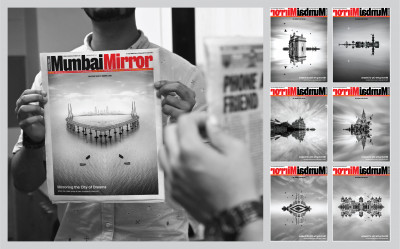






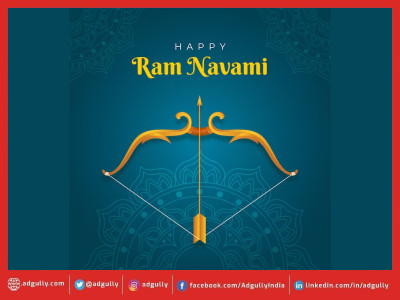
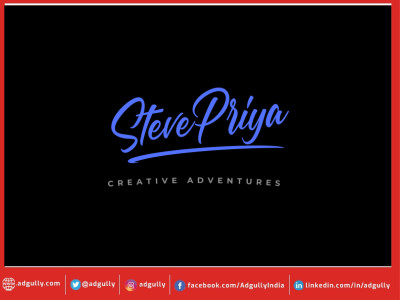


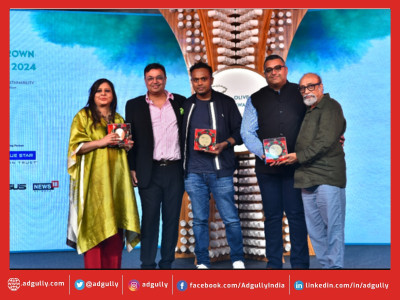
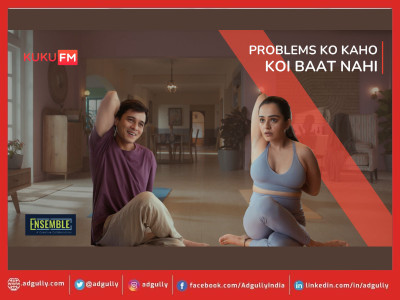



Share
Facebook
YouTube
Tweet
Twitter
LinkedIn